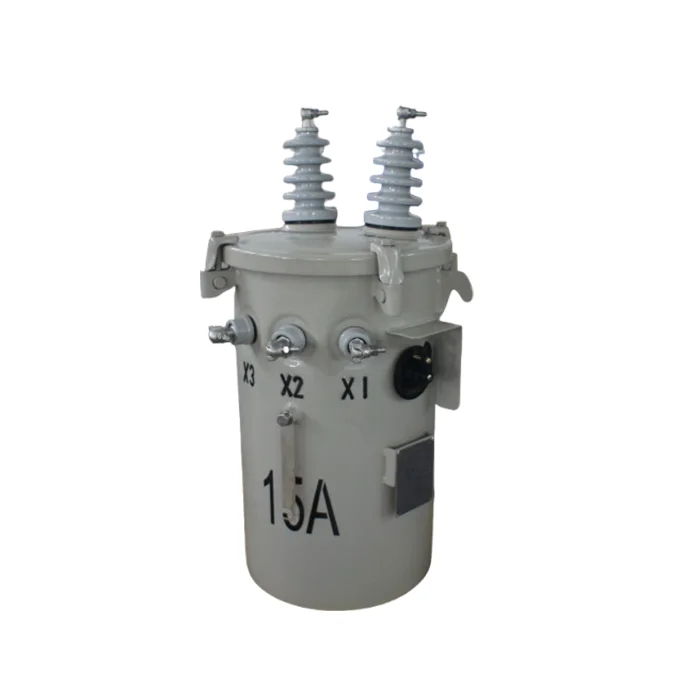Andesite, a volcanic rock commonly found in volcanic arcs and mountain ranges, is a fascinating geological formation that holds a treasure trove of minerals. In this blog post, we will delve into the depths of andesite and uncover the diverse range of minerals it contains. From essential elements to rare gems, we will explore the geological significance and practical applications of these minerals, providing you with a comprehensive understanding of the hidden wonders within andesite.
- The Composition of Andesite:
Andesite is an intermediate volcanic rock that forms from the cooling and solidification of magma. It is primarily composed of plagioclase feldspar, pyroxene, and lesser amounts of amphibole, biotite, and quartz. These minerals contribute to the unique properties and characteristics of andesite. - Essential Minerals in Andesite:
2.1 Plagioclase Feldspar: The dominant mineral in andesite, plagioclase feldspar, is a crucial source of aluminum, calcium, and sodium. It possesses excellent hardness and durability, making it a valuable component in construction materials, ceramics, and glass production.
2.2 Pyroxene: Pyroxene minerals, such as augite and hornblende, are common in andesite. They contain essential elements like magnesium, iron, and calcium. These minerals find applications in the manufacturing of refractory materials, as well as in the production of fertilizers and pigments.
2.3 Quartz: Although present in smaller quantities, quartz is a significant mineral in andesite. It is a vital source of silicon, widely used in the production of semiconductors, glass, and various electronic devices.
- Rare and Valuable Minerals in Andesite:
3.1 Garnet: Andesite occasionally hosts the formation of garnet crystals. These beautiful gemstones, prized for their vibrant colors and durability, are used in jewelry and as abrasives in industrial applications.
3.2 Epidote: Epidote, a green mineral commonly found in andesite, is valued for its unique crystal structure and attractive appearance. It is used in the manufacturing of gemstones, as well as in the production of ceramics and pigments.
3.3 Sphene: Sphene, also known as titanite, is a rare mineral found in certain andesite deposits. It possesses exceptional optical properties, making it highly sought after in the gemstone industry. Additionally, sphene is used in the production of refractory materials and as a source of titanium.
- Geological Significance:
The presence of these minerals in andesite provides valuable insights into the geological processes that occur during volcanic activity. By studying the mineral composition of andesite, geologists can gain a deeper understanding of the formation and evolution of volcanic systems, aiding in volcanic hazard assessments and resource exploration.
Conclusion:
Andesite, a volcanic rock abundant in various regions, harbors a diverse range of minerals with both practical and aesthetic value. From the essential elements found in plagioclase feldspar and pyroxene to the rare and valuable gemstones like garnet and sphene, the minerals within andesite offer a wealth of opportunities for industrial applications and scientific research. By unraveling the hidden treasures within andesite, we gain a deeper appreciation for the geological wonders that shape our planet.









